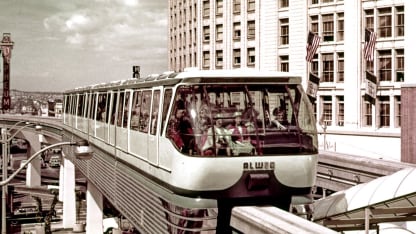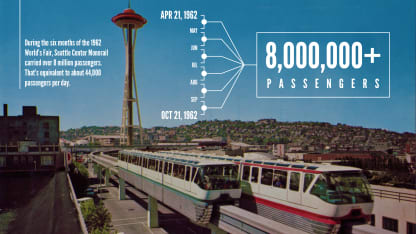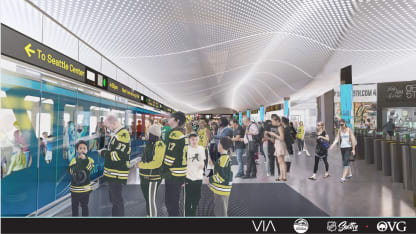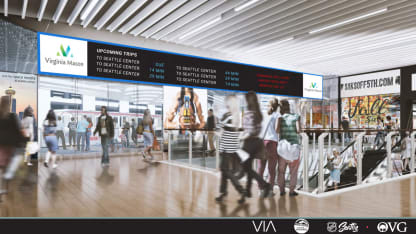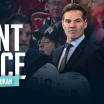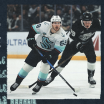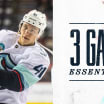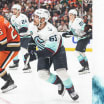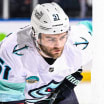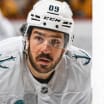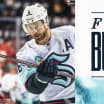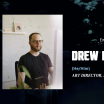Moving those eight million passengers in six months is proof this plan will work, says Megan Ching, general manager of the Monorail: "We are going to renew the potential of the Monorail. Back then, all eight doors would open to boarding passengers. Now we load by four doors after [in large part because the Westgate shopping mall was built around the former free-standing Monorail station]. We want to get back to eight access doors on [to-be-constructed] open platforms."
Ching says adding the ORCA card entry to the Monorail is a "big operations change" to the better. She says 25 percent of riders now use the card, and close to half of all commuters do so."
Tom Albro, SMS owner, promises that the Monorail "will be able to recognize your form of ticket [and bar code] to eliminate waiting in line. He also pledges that both of the landmark Monorail trains will be running during games and concerts, speeding up the load on/load off even more. The trains can handle 325 fans per trip, basically every two minutes per direction.
"We used that system for the New Year's Eve fireworks this year," says Ching. "We worked the mall to allow later-night escalator use. It was very successful."
The Seattle Monorail was the world's first full-scale support monorail system carrying out everyday duty as a mass rapid transit system. The system at launch was described as offering a "modern solution to a modern problem" with planners confident that it would be a quick, easy and economically sound way to travel. Now it will be able to serve that purpose for next generations.
